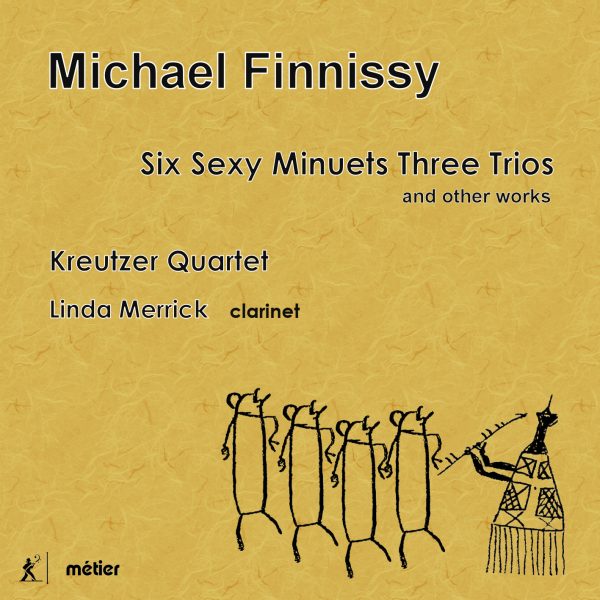British Music Society
Do you enjoy difficult crosswords or treatises on quantum mechanics? Then this CD of music by Michael Finnissy could be for you. Are you a serious music student especially with a close interest in the history and technicalities of the string quartet? Then this is an absolute essential! However, if you simply like putting your feet up to enjoy really tuneful music with a nice glass of something (and there is absolutely nothing wrong with that) then you probably won’t like this much!
Let me just talk now to those who will enjoy the challenges of Finnissy’s vast knowledge of the string quartet repertoire which he exploits in composing the works on this CD.
Peter Sheppard Skærved, leader of the Kreutzer Quartet, has written an enormously helpful and detailed programme note on all the pieces. Mentioning the final work which is also the title of the CD as a whole, he writes “these are pieces ‘about’ the string quartet, rather than ‘being’ quartets”. This is a perfect description of all the pieces including the first, entitled ‘Civilisation’. Many, though not all six movements open with gritty, edgy music before melting into really quite euphonious playing. Then those sounds begin to break up. Here, Finnissy is contrasting ‘primitive’ sounds with more ‘cultured’ ones. What, he is asking, does ‘civilisation’ mean?
Contrapunctus XIX was the last and unfinished work in Bach’s Die Kunst der Fuge. Finnissy’s setting for quartet leads the music from the original to Bach heard as a contemporary composer.
In Clarinetten-Liederkreis Finnissy harks back to the music of Schumann, his element of modernity being the separation of clarinet and string quartet. To quote clarinettist Linda Merrick, “Michael was keen for the clarinet to interrupt the strings in a persistent manner”. There is an attractive movement for clarinet alone.
In the final work, ‘Six Sexy Minuets Three Trios’, some, but not all, of the movements use unusual percussion instruments – teacups, espresso cups and chopsticks to name just a few. What is impressive here is the way in which the percussion echoes and amplifies the string playing. The piece ends with a rather beautiful movement for stings alone with “echoes of some of the great slow movements of the past 150 years” ending up very much in the present.
@divineartrecordingsgroup
A First Inversion Company
Registered Office:
176-178 Pontefract Road, Cudworth, Barnsley S72 8BE
+44 1226 596703
Fort Worth, TX 76110
+1.682.233.4978












